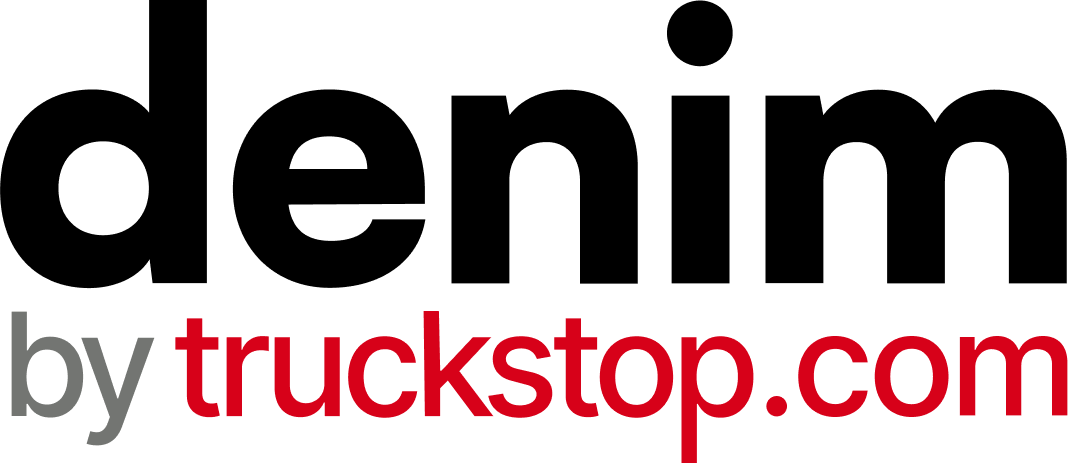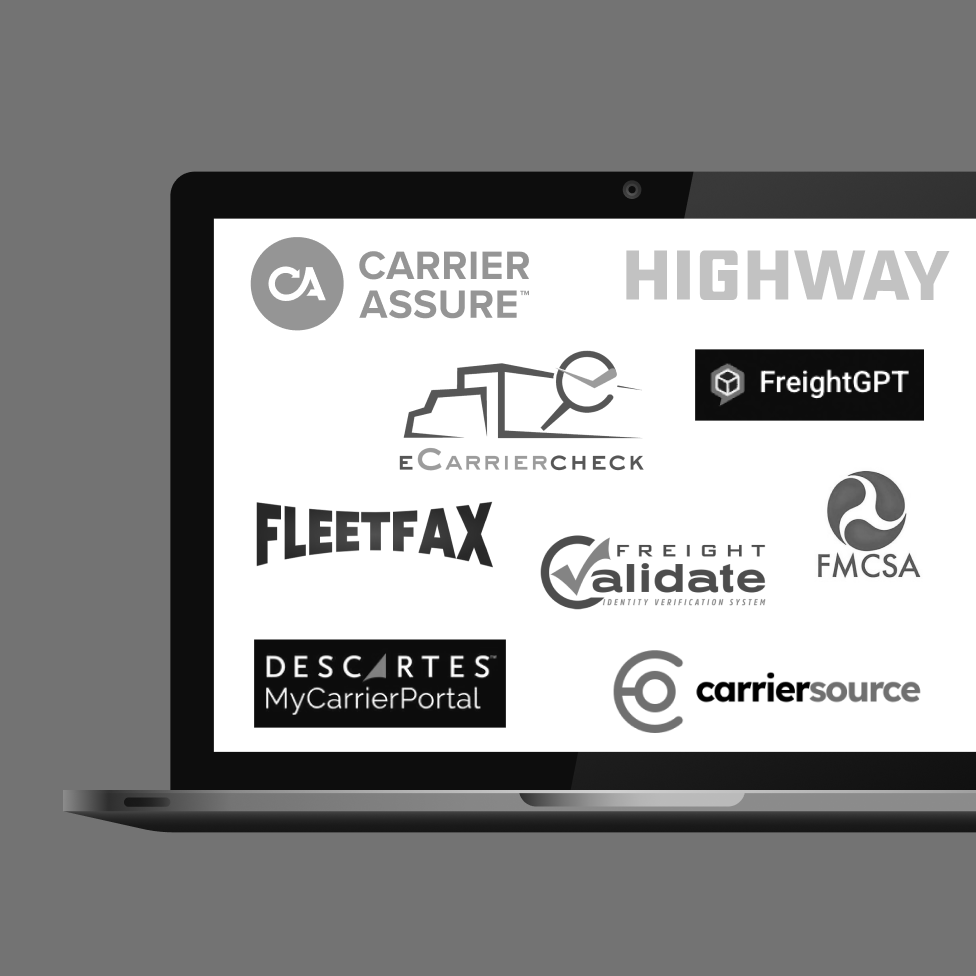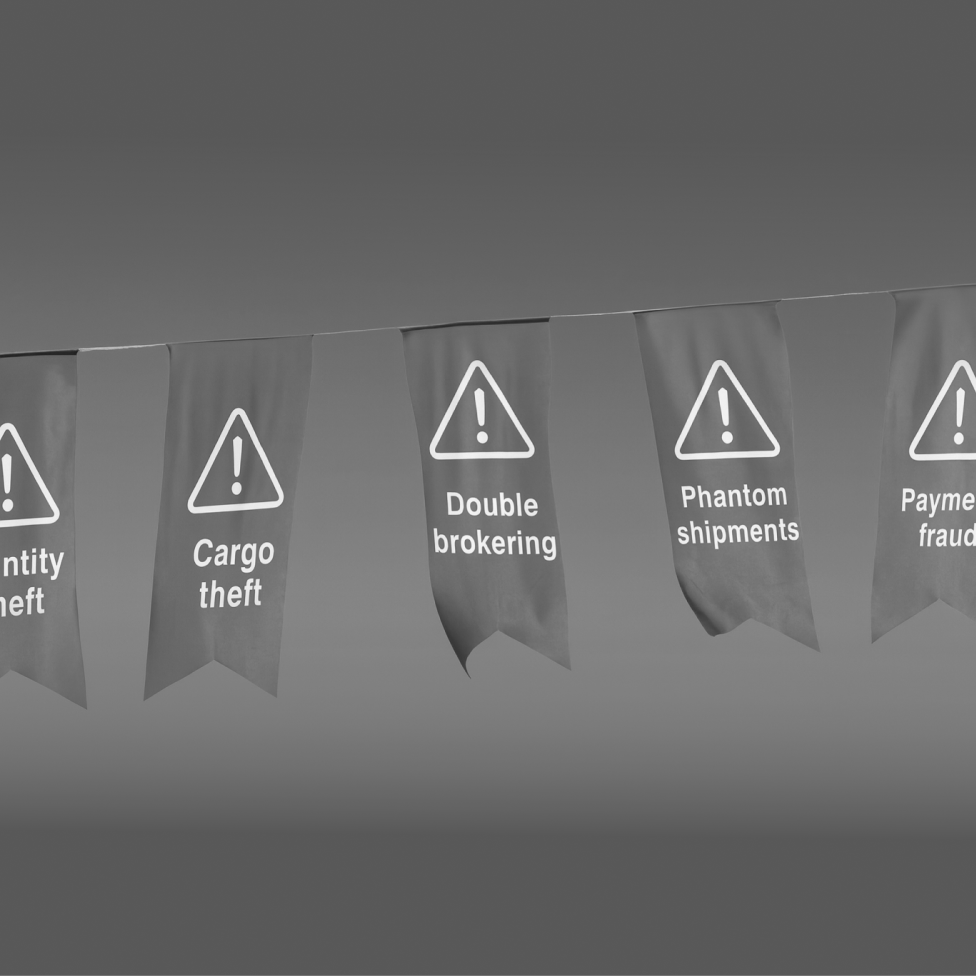Brokers from all over the country are beginning to experience shrinking margins. With the uncertainty of the economy, margins have been declining for the last several years, and brokers are struggling.
On top of these recent declines, a recent sentiment analysis by Freight Waves shows broker confidence in near-term profitability approaching all-time lows.

(Image courtesy Freight Waves)
This lack of confidence can be attributed to a myriad of issues in the freight industry, such as overcapacity, carriers passing increased costs along to brokers, declining spot rates, and more.
Below we’ll review four ways brokers can stay lean by cutting costs and improving efficiency, adding new revenue sources, and expanding their business to maximize margins.
1. Maximize employee efficiency
It’s impossible to ignore employee inefficiencies when speaking about shrinking margins. Most brokerage employees spend significant time on mundane tasks that distract from more important activities that drive revenue.
This is especially true when personnel who could be finding new business are instead bogged down with automatable tasks such as data entry or document organization.
Action: How to Improve Employee Efficiency
- Automate Manual Tasks: Implement automation tools into your business to dramatically reduce the amount of time employees spend on data entry, document sorting, and more - freeing up their time to focus on activities that add value to the business.
- Prioritize Software Integrations: Many brokers are stuck using outdated software systems that aren’t integrated, causing slow and painful processes. Consider switching to new providers that integrate with your most important tools, such as your TMS, accounting software, factoring company, and loadboard.
- Prioritize User-Friendly Tech: When changing or updating your software systems, ensure you’re choosing software that values simple, user-friendly interfaces. Transitioning to new software can be challenging for everyone involved, and software tools will only improve your operation if your staff uses them.
- Use the tools available to you: Most brokers use a factoring company to ensure their carriers are paid quickly and efficiently, but don’t use all of the features they’re already paying for. Leveraging your factoring company’s invoicing and collections process can improve efficiency and take tasks off the plate of employees.
- Leverage AI when possible: With new AI tools coming onto the market, there are many ways to improve employee efficiency and even eliminate some tasks. For example, with Denim’s AI-powered auditing system, manual document auditing can be almost entirely automated.
Result: By reducing, automating, and eliminating time-sucking tasks like these, you can ensure your best employees are spending more time focused on sales and client engagement, directly contributing to improving your brokerage’s margins.
2. Monetize QuickPay
Brokers aren’t the only ones experiencing tight margins - carriers are starting to feel the pain too. These increased carrier costs are then passed back to brokers, making the problem even worse.
With these increased costs, brokers should consider adding a new revenue stream through a QuickPay fee - allowing carriers to choose between faster payments and lower fees.
Action: How can brokers counteract shrinking margins caused by increased carrier costs?
Brokers can counteract increased carrier costs by monetizing quickpay. This gives your brokerage a new revenue stream by charging a fee for faster payments.
Carriers who are increasing their prices are given a choice: cut into that margin to receive payment faster, or maintain their margins and stick with an extended payment schedule.
Note: Some factoring companies such as Denim, don’t charge brokers a fee for making QuickPay available to carriers, meaning brokers get to take home 100% of the proceeds for any QuickPay revenue.
Result: Adding a QuickPay fee helps brokers improve their margins by adding a new revenue stream that is 100% profit. Many carriers are used to QuickPay fees, and will often choose to pay a small fee to receive payments in days instead of weeks. This new revenue stream can be essential in combating shrinking margins for brokerages.
3. Negotiate Payment Terms With Clients
Rates are only one piece of the puzzle when it comes to negotiating contracts with your shippers. Negotiating payment terms can be just as lucrative as negotiating rates for your business.
If your shipper’s payment terms are over 30+ days, you have some negotiating to do. Money in the bank better serves your brokerage instead of money held up by a client. Borrowing money against these shippers through invoice factoring is also more costly the longer the payment terms. These payment terms can have a significant impact on your margins and cash flow, and only exacerbate the issues caused by outside influences.
Action: How to negotiate payment terms with customers to improve margins
- Update contract terms to improve cash flow:some text
- Most brokers are stuck with contracts that encourage customers to slow-walk payments to brokers, leaving them stuck holding the bag when carriers need to be paid.
- Updating your contract terms to encourage faster payments can massively improve your cash flow, even if your brokerage needs to offer customers a slight discount to do so.

- Add fees for extended payment terms and late payments:some text
- Many customers would love to use your brokerage now and not pay for your services for 30, 60, or even 90+ days. Adding a fee for extended payment terms beyond a reasonable net 30 payment can encourage customers to pay quickly, and can improve your margins for those slow-to-pay customers.
Result: As a result of faster customer payments, your brokerage’s margins will improve from the money saved on factoring fees or interest payments on financing. These steps will also improve your cash flow and can add new revenue streams to your brokerage.
4. Network Expansion
While leveraging your existing relationships with current employees, carriers, and customers are all fantastic ways to improve a brokerage’s margins, this last step is all about securing new business and marketing your brokerage. One new profitable client can make the difference between just scraping by and a thriving brokerage. The biggest challenge brokers face is securing new, warm leads - which is what we’ll tackle here.
Action: Acquire new warm leads through network expansion.
Growing your customer base often comes down to acquiring new warm leads through network expansion. This means leveraging your existing relationships to identify potential customers through referrals.
This can be done in several ways:
- Direct ask: Ask your customers directly for referrals to other shippers or potential clients who might need your services, especially after a successful delivery or receiving positive feedback.
- Formal referral program: Referral programs are one of the oldest and most effective forms of marketing. In a formal referral relationship, you offer to pay your clients for every referral they send to you. This creates a win-win: You acquire new customers, and the referrer adds a new revenue stream.
- Host a referral giveaway: A referral giveaway can encourage referrals from customers and others in your network without creating a formal long-term referral program. Offering a prize - either cash or otherwise - can be a great low-cost incentive for people in your network to refer potential customers. Here’s an example of a recent giveaway we began at Denim.
Result: Implementing these steps can lead to new introductions to potential customers. These leads were introduced by someone they know and trust, making it easy to secure their business. Adding new customers to your client base is one of the fastest and easiest ways to improve margins for the long term.
Conclusion
When faced with shrinking margins, brokers need to adapt and improve their business practices accordingly to stay competitive and improve profitability. By maximizing employee efficiency, adding new revenue streams, re-negotiating contracts, and expanding your access to new qualified leads - your brokerage will be well on its way to expanding margins and growth.
Denim’s automated solutions streamline your back-office operations. Explore our solutions to see how Denim can help your business scale efficiently.
There's a better way


.png)




